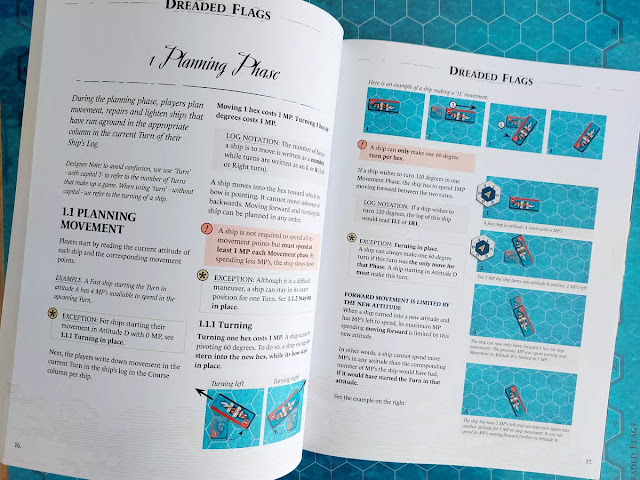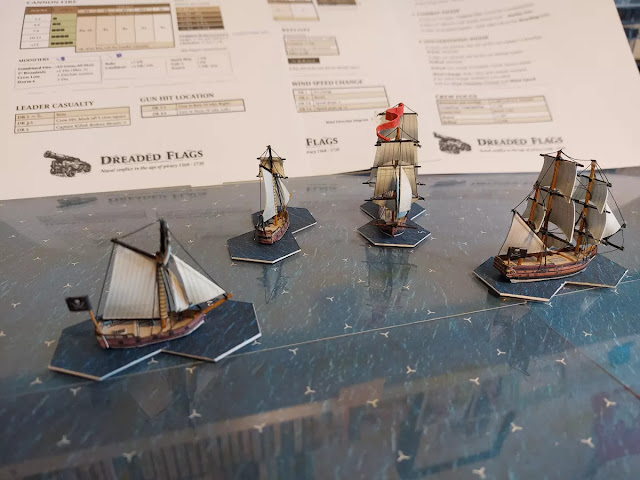The Seven Days Battles
by
Worthington Publishing

In Porter Alexander's mind the only real chance the Confederacy had to become free from the Union was during the Seven Days Battles. In truth both governments were upset with their army leaders in the Eastern Theater of the Civil War. The North was upset at the snail's pace of George B, McClellan's, the Union commander, advance toward Richmond, while the South was angered at how close McClellan was coming toward Richmond. Not only that, but Joseph E. Johnston, the Confederate commander, was not fighting the Union army at all. If McClellan got any closer to Richmond, he would be able to start using siege tactics and his larger artillery to bombard the city. Johnston was almost forced by Jefferson Davis to attack the Union Army. Johnston was subsequently wounded in the Battle of the Seven Pines and Davis put Robert E. Lee in charge of the Confederate Army outside of Richmond. Lee immediately started to build fortifications around Richmond. This was not taken well by the Southern press. He was given the nickname of 'Granny Lee', among others. While Lee was very well known in the U.S. Army (he was actually offered the command of the Union Armies) he was not very well known outside of it. In point of fact, he had actually already lost to McClellan in the fight to keep West Virginia from breaking away from Virginia and joining the Union States. So, that is the situation that we have here in Virginia before the Seven Days Battles begin. Lee is actually in command of the most troops he would ever have during the war, while McClellan, who has more troops, believes the Confederate Army is close to 200,000 strong almost twice the size of his army. Apparently, the Pinkerton Agency detectives were prone to double the number of troops that they investigated.
This is the third game in Worthington Publishing's Civil War Brigade Battle Series. The other games were Antietam and Shiloh. The next battle that is on track for the series is Gettysburg. So, let us take a look at what comes with this game:
Two double sided hard mounted game boards (each map is 25" x 22---joins together to make a "44 x 25")
Four counter sheets of thick 7/8" counters with rounded corners
Two 8 page full color rulebooks
Two 12 page full color playbooks
Two player full color player aids
Two 10 sided dice
So, the first thing to talk about is the maps. You get two double-sided mounted maps. No wonder why the box was so heavy. The maps themselves do not veer toward the artistic in their depiction of the battlegrounds. They remind me of SPI maps made in the twenty-first century. They were produced to be the playing field for a wargame, and in this they succeed. Their one big plus is that the hexes are one inch wide. There is a trend in some wargame companies to go with larger hexes than ever before. The older I get the more I am liking larger hexes. I believe Worthington Publishing was at the forefront of that design decision. Next up will be the counters. These are also large, coming in at 3/4" size. These have been produced in the same manner as the maps. Kind of a 'more is less' approach. Everything you need to read on the counters is nice and large. They are not cluttered at all. The brigades belonging to a division all have a colored stripe across the counter. This is because one of the big parts of the rules of the game is command and control through leaders. On the counters is also what larger force they belong to corps/division. The counters come pre-rounded and really want to jump out of their slightly confining cardboard sprues. Unless you are ready to have counters everywhere, hold them gingerly. There are two identical Player Aids that are made from card stock. These have all of the charts needed to play on them. The charts include everything but the Turn Record Tracks and Casualty Track, which are on the maps. There are only nine different terrain types in the game. The Series Rulebook is only eight pages long. It comes in full color and also has some play examples in it. The Seven Days Battles Playbook is twelve pages long. There are only a little more than two and a half pages of rules just for this game. The other pages are for the different scenario setups. On the back is a third copy of the Terrain Chart. The game also comes with two dice and small plastic bags for the counters. If you have seen one of these Brigade Series games from Worthington Publishing, the above will all be very familiar. I did a review of their Antietam game from the series, and I will include the link below. These were produced, as all of Worthington Publishing games are, to be played and not looked at lovingly.

So, we have gone through the components; what is the game play like? Worthington Publishing goes by the KISS method of designing wargames. The Series Rules being less than eight pages prove my point. They rules are clear and come with no ambiguity. You keep track of a unit's strength points by using the strength point markers. In some games these become a hassle because of there being so many units on the map. In the Brigade Series there are very few counters and no stacking of units (leader counters are the exception). So, dealing with the strength point markers is a breeze. The series is designed mostly around command and control of your various leaders. The usual command range is four hexes for a unit. The Army leaders, Lee and McClellan, bring this up to five. Your leaders can become casualties. A replacement leader only has a command range of three hexes. However, the commanders are able to give a nice -1 die morale check modifier for any unit they are stacked with. So, you must choose wisely when to put your leaders in harm's way.
What the rules give you is a relatively fast playing, but still deep, wargame about the Seven Days Battles, or at least about some of the battles. The Jackson Initiative rules are a simple, and might I say, an elegant way of dealing with Stonewall during these battles. You really have no idea if you are getting the Stonewall from the Valley campaign or the one from the Seven Days. The battles are bloody, just as in real life. Just like Antietam, the previous game of the series, I really like this game and the system in general.
This is the Sequence of Play:
First Player
1. First player COMMAND PHASE
2. First Player ORGANIZATION PHASE
3. First Player OFFENSIVE ARTILLERY PHASE
4. First Player MOVEMENT PHASE
5. First Player COMBAT PHASE
» Second Player Defensive Fire
» First Player Offensive Fire
6. First Player RALLY PHASE
Second Player
1. Second player COMMAND PHASE
2. Second Player ORGANIZATION PHASE
3. Second Player OFFENSIVE ARTILLERY PHASE
4. Second Player MOVEMENT PHASE
5. Second Player COMBAT PHASE
» First Player Defensive Fire
» Second Player Offensive Fire
6. Second Player RALLY PHASE
The Turn Marker is advanced to the next hour on the turn
track. Players continue the sequence until the end of the
scenario being played.
See what I mean about KISS.
These are the scenarios that come with the game:
Scenario 1: HISTORICAL BATTLE OF BEAVER DAM CREEK (one map)
Scenario 2: HERE COMES JACKSON (This scenario assumes Jackson is behind schedule but rouses himself to attack). (one map)
Scenario 3: JACKSON ARRIVES ON TIME (This scenario assumes Jackson arrives on time and is ready to fight). (one map)
Scenario 4: HISTORICAL BATTLE OF GAINES MILL (one map)
Scenario 5: BEAVER DAM CREEK TO GAINES MILL (two map)
Scenario 6: HISTORICAL BATTLE OF GLENDALE. (two map)
Scenario 7: HISTORICAL BATTLE OF MALVERN HILL. (one map)
Scenario 8: GLENDALE TO MALVERN HILL (two map)
There are special rules to portray Stonewall Jackson's lethargy during this campaign.
 |
| The 'Jackson Command Initiative' is needed to play historically. |
Thank you, Grant Wylie, for allowing me to review another one of your fine games. Mr. Wylie is a scholar and a gentleman and one of the nicest, if not the nicest, persons I have met through wargaming. He also has an incredible knack for designing wargames. By the way, the maps have grown on me since I started writing this. I possibly made them sound too stark.
This is the link to the Brigade Series Rules:
Brigade Rules v1.3b_v2.pdf - Google Drive
Worthington Publishing:
Worthington Publishing / Old School Wargames / Pungo Games
Seven Days Battles:
Seven Days Battles 1862 — Worthington Publishing / Old School Wargames / Pungo Games
My review of Antietam from the series:
Antietam Septmber 17, 1862 by Worthington Publishing - A Wargamers Needful Things
































Follow Us